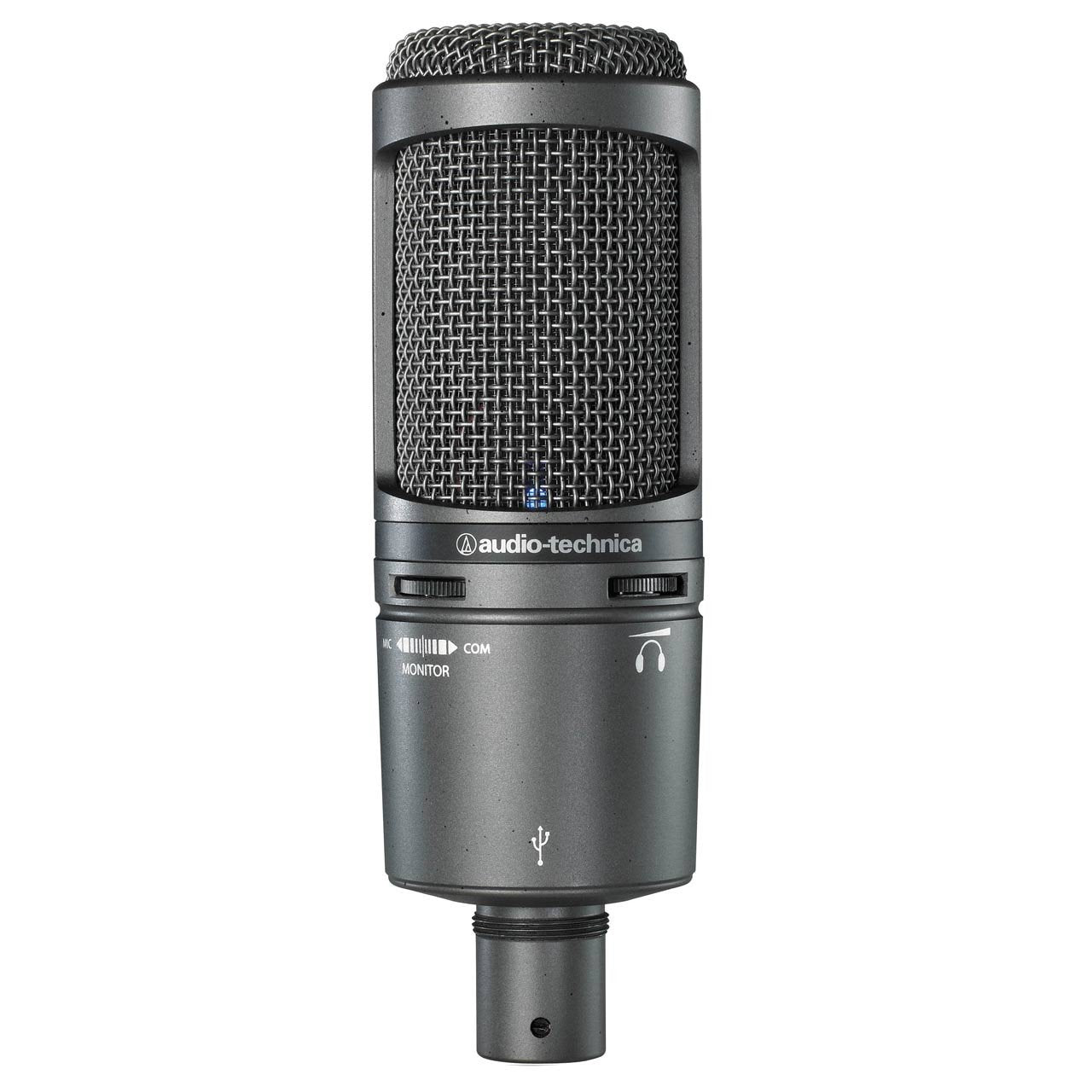

Additionally, higher voices and sharp tones (including sibilance) can be more of an issue- although not by much. For starters, speaking in a deep voice may require you to move closer to the mic to trigger proximity effect. It’s a different story if you’ve already had some experience with this kind of audio equipment.
#AUDIO TECHNICA AT2020 USB VS XLR PROFESSIONAL#
Instead, you’re just going to notice the huge boost in quality when switching to a professional setup. Well, if your only experience with audio equipment is a USB microphone or headset, you’re not going to notice any of these finer details. The dip on the left side means it will be less sensitive to low tones, and the small bumps on the right mean it tends to be less accurate when capturing tones on the high end.īut what does this mean for a voice actor like you? The AT2020 doesn’t have a massive variance in frequency response - which is good - but it also isn’t perfectly flat. Not sure what you’re looking at? You can read more about the importance of frequency response in microphones here, but I’ll give you a basic summary:

AT2020 Frequency ResponseĬheck out this frequency response chart for a more detailed look at the AT2020: Let’s go a little deeper with the Audio Technica AT2020 spec sheet and some recording tests.

This is all just basic info that you can find anywhere. Does this mean you should use this mic to record fireworks? No, but it does mean you can scream your voice acting lines without distortion or damage to the capsule. Additionally, it has a cardioid polar pattern, meaning that it primarily captures audio from the front, it captures a bit less from the sides, and it blocks most noise from the back.Īccording to Audio Technica, the AT2020 has a Sound Pressure Level (SPL) of 144 decibels- about as loud as a firecracker going off. The AT2020 is a condenser microphone, which means you’ll need to connect it to an audio interface with 48V Phantom Power via an XLR cable. See Prices for Used AT2020 Audio Technica AT2020 Specs


 0 kommentar(er)
0 kommentar(er)
